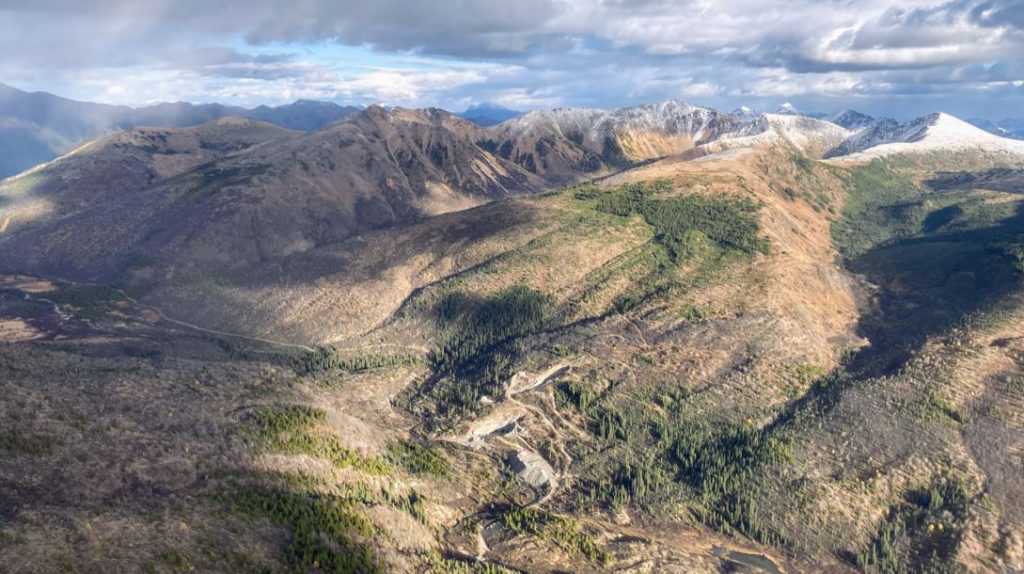TDG Gold tables Shasta resource estimate

TDG Gold Corp. [TDG-TSXV] on Tuesday released a National Instrument 43-101-compliant mineral resource estimate for its 100%-owned former Shasta gold-silver project in the Toodoggone District in north central British Columbia.
The estimate is a first step in a plan to redefine Shasta as a bulk tonnage gold-silver project.
Highlights from Tuesday’s announcement include an inferred resource of 709,200 ounces of gold equivalent (AuEq) at 1.00 g/t or (0.79 g/t gold and 26.7 g/t silver).
The company said the resource is amenable to open pit mining and is restricted to the central zone of the Shasta deposit, in which 2021 drill holes confirmed historical drill results and the location of historical drilling was verified.
The southern Cayley-Ranier zone is not included in the resource estimate.
Following a resumption in trading at 9:30 am (PDT)Tuesday, the shares eased 3.3% or $0.015 to 43.5 cents and now trade in a 52-week range of 75 cents and 38 cents.
The former producing Shasta gold-silver project is part of a package of assets in the Toodoggone District that TDG acquired from Talisker Resources Ltd. [TSX-TSK, TSKFF-OTCQB], in December, 2020. The package included the former producing high grade gold-silver Baker and Shasta Mines.
The mines are accessible by road 430 kilometres northwest of Prince George, via Mackenzie and the Omineca Resource access route past Centerra Gold Inc.s’ [CG-TSX, CAGDF-OTC] Kemess copper-gold mine.
The Baker-Shasta property covers just over 6,000 hectares and includes the former high-grade gold-silver Baker Mine and Shasta Mine, which operated intermittently from the 1980s until 2012 when a lack of funding caused operations to cease.
Historic compilation work of drill and other geological data highlights grades along a 750-metre strike length of the Creek and Shasta Zones. Exploration and subsequent production was focused on the Creek Pit and then a series of underground workings which ceases in 2012.
The current understanding of the data suggests that mineralization remains open to the south and north, and that historic production was not exhaustive, leaving potential ore zones and its halo in the ground.
“This initial mineral resource estimate represents a solid start by our team toward redefining Shasta as a bulk tonnage gold-silver project,” said TDG CEO Fletcher Morgan.
“We’ve managed to define an initial 709,200 gold equivalent inferred ounces for just over 8,000 metres drilled in our first phase of drilling and which tested around 40% of the mineralized footprint included within our published exploration target range area of Shasta,” he said. “The estimate included the higher-grade gold-silver mineralization we drilled to the south in the Cayley-Rainier Zone, which was the only step-out we tested in 2021.”
The Shasta project database consists of 333 drill holes with 12,007 metres from 1983 through 2021. The mineral resource estimate data base contains 236 drill holes and 13,875 metres of assaying for gold and silver within the domains and area used for estimation.
This year, TDG said it will prioritize drilling the known mineralization at Shasta, which extends south for 700 metres from the historical JM Pit.
